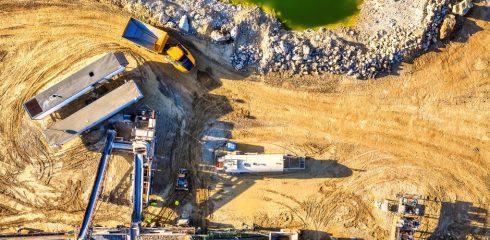
Some people ask that, “If J&J tested one sample of say sugar, we must have tested it all – can’t we just use historical data?”
This question has come up for many materials such as iron ore, limestone, bran, flour, and microcrystalline cellulose, etc. However, material flow properties can vary significantly based on the particle size and its distribution, the moisture content, length of time it is stored at rest, the flow rate it has moving through the process, and the incoming temperature and humidity as well as the environmental conditions during storage and handling.
Think about the sugar example. If you take a teaspoon of raw sugar, it may form almost no pile on the spoon because this form of the sugar is free flowing. However, if you process this raw sugar into granulated white sugar, it will likely form a steeper pile. If you grind the granulated white sugar down to create (10X) powdered sugar or confectioner’s sugar, then you can get the sugar to stand up almost vertically on the spoon or have it flow fluidized right off the spoon. But it’s all sugar right? What’s the difference? In this example, the difference is particle size. As the particle size changes, so will it’s flow. So if you try to pick flow data from a book, how do you know that it will match your material? It is very dangerous to extrapolate flow properties test data. It can cause you to make poor engineering decisions based on assumptions.
Even if I stay within one form of sugar, say the granulated white sugar, it can still vary enormously, depending on how the refiner formed the crystals, conditioned the crystals, and handled the crystals to the shipping container. We’ve seen some granulated sugar solidify in a rail car, other turn into dust in a pneumatic conveying line, and other act very free flowing only to set up in a roof top surge bin. Consider from the example above I only focused on particle size. If I begin adding into the consideration the sugar and equipment temperature, humidity, and storage time as additional factors, I get a widely varying situation where the only practical approach is to perform flow tests at the most representative conditions.
Final note: If you look at most tabulated flow data in literature, there will be a footnote, caveat or warning that one should have the actual material tested accordingly.



